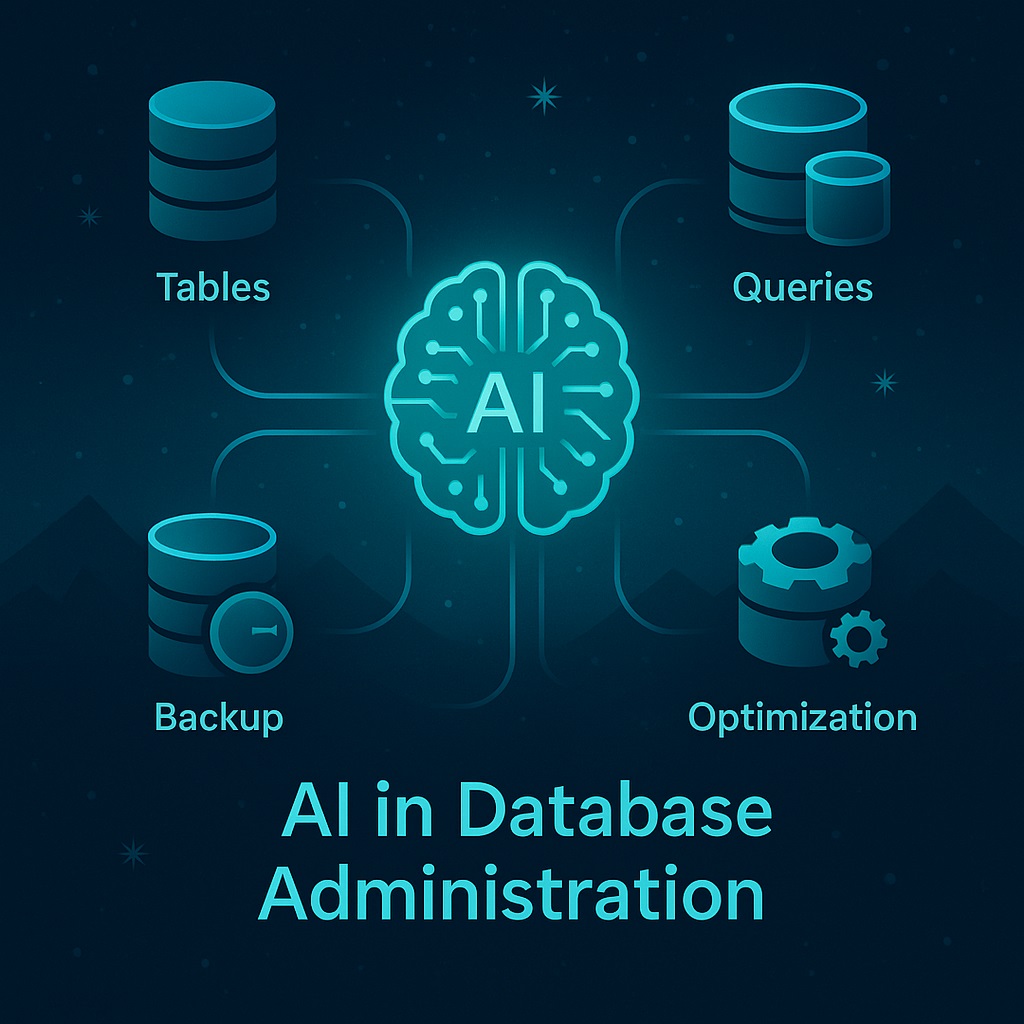Introduction to Team Collaboration
Welcome to the era of teamwork and collaboration in the dynamic landscape of the modern workplace! In today's fast-paced world, the ability to work effectively as a team is more crucial than ever. Team collaboration lies at the heart of successful businesses, driving innovation, productivity, and overall success. So, what exactly is team collaboration, and how can your software company harness its power for optimal results? Let's dive in and explore the key strategies to build a strong collaborative environment within your team.
Importance of Team Collaboration in the Workplace
Team collaboration in the workplace is like a symphony where each member plays a vital role to create harmony. It's about combining individual strengths and skills to achieve common goals. When team members collaborate effectively, they can leverage diverse perspectives and experiences to come up with innovative solutions.
Collaboration fosters creativity and encourages out-of-the-box thinking. By working together, teams can brainstorm ideas, challenge assumptions, and push boundaries to drive growth and success. Moreover, when employees feel valued and included in decision-making processes, it boosts morale and enhances job satisfaction.
Effective team collaboration also leads to improved communication among team members. Clear communication channels help prevent misunderstandings, minimize conflicts, and ensure everyone is on the same page. This results in increased productivity levels as tasks are completed efficiently without unnecessary delays or roadblocks.
Team collaboration is not just a buzzword but a fundamental aspect of successful businesses today. In an ever-evolving landscape where innovation reigns supreme, companies that prioritize teamwork will undoubtedly stay ahead of the curve.
4 Ways to Build Team Collaboration:
When it comes to building team collaboration within a software company, there are four key strategies that can make a significant impact.
Establishing clear communication channels is essential. This involves setting up regular meetings, utilizing project management tools, and encouraging open dialogue among team members.
Fostering diversity and inclusion can bring fresh perspectives and ideas to the table. Embracing different backgrounds and experiences can lead to more innovative solutions and better decision-making processes.
Promoting trust and respect among team members is another crucial aspect of building strong collaboration. When individuals feel valued and supported in their roles, they are more likely to work together effectively towards common goals.
Utilizing collaborative tools and technology can streamline workflows and enhance efficiency within the team. Whether it's using shared documents or communication platforms, leveraging these resources can help facilitate seamless teamwork.
- Establishing Clear Communication Channels
Effective team collaboration starts with establishing clear communication channels within the team. When team members can easily communicate and share ideas, it creates a more cohesive working environment.
Having open lines of communication allows for better understanding among team members and helps avoid misunderstandings or conflicts that may arise due to lack of clarity.
Clear communication channels also enable quick decision-making processes, as information can flow seamlessly between all members. This ensures that everyone is on the same page and working towards common goals.
Regular check-ins, meetings, or utilizing messaging platforms can help keep communication transparent and consistent throughout projects. Encouraging an environment where team members feel comfortable expressing their thoughts and concerns fosters a culture of collaboration and trust.
- Encouraging Diversity and Inclusion
Encouraging diversity and inclusion within a team is essential for fostering collaboration and innovation. Embracing different perspectives, backgrounds, and experiences can lead to more creative solutions and better decision-making processes. When team members feel valued for who they are, regardless of their differences, they are more likely to contribute their unique insights and ideas.
By creating a culture that celebrates diversity, teams can tap into a wealth of creativity and talent that might otherwise go untapped. Encouraging open discussions about cultural differences, beliefs, and values can help build empathy and understanding among team members. This not only enhances collaboration but also promotes a sense of belonging and unity within the team.
Moreover, promoting inclusivity ensures that all team members have equal opportunities to participate in projects, share their opinions, and take on leadership roles. It helps create a supportive environment where everyone feels respected and empowered to bring their authentic selves to work.
- Promoting Trust and Respect Among Team Members
Promoting trust and respect among team members is crucial for fostering a positive work environment. When team members feel valued and respected, they are more likely to collaborate effectively towards common goals. Trust is the foundation of successful teamwork, allowing individuals to rely on each other's capabilities and support.
To promote trust and respect within a team, it's important to encourage open communication where everyone feels heard and understood. Listening actively to each other's perspectives can help build empathy and strengthen relationships among team members. Recognizing each other's contributions and achievements also plays a significant role in promoting mutual respect.
Transparency in decision-making processes can contribute to building trust within the team. When information is shared openly, team members feel included and empowered, leading to increased collaboration. Setting clear expectations and holding everyone accountable can further enhance trust levels within the team dynamic.
Promoting trust and respect among team members creates a supportive environment where individuals thrive together towards achieving collective success.
- Utilizing Collaborative Tools and Technology
In today's fast-paced digital world, utilizing collaborative tools and technology is crucial for enhancing team collaboration within a software company. By leveraging project management platforms like Asana or Trello, teams can streamline communication, assign tasks efficiently, and track progress in real-time.
Video conferencing tools such as Zoom or Microsoft Teams enable remote team members to connect seamlessly regardless of their location. Virtual whiteboards like Miro facilitate brainstorming sessions and idea sharing in a visually engaging way.
Cloud storage solutions such as Google Drive or Dropbox provide a centralized repository for storing and sharing documents securely among team members. Communication apps like Slack or Microsoft Teams help foster instant messaging, file sharing, and quick decision-making.
By embracing these collaborative tools and technologies, software companies can break down communication barriers, increase productivity levels, and foster a culture of teamwork that drives innovation forward.
Real-Life Examples of Successful Team Collaboration
Imagine a software company where the marketing team collaborates seamlessly with the product development team. Together, they work on launching a new feature that meets both customer needs and market trends. By aligning their goals and sharing insights, they create innovative solutions that drive business growth.
In another scenario, a design team works closely with the customer support team to gather feedback on user experience. Through open communication and mutual respect for each other's expertise, they iterate on designs to enhance usability and address pain points effectively.
Furthermore, cross-functional teams come together to tackle complex projects by leveraging each member's unique skills and perspectives. By fostering an environment of trust and collaboration, these teams deliver high-quality results that exceed expectations.
These real-life examples highlight how successful team collaboration in a software company can lead to increased productivity, creativity, and overall success in achieving common objectives.
Challenges and Solutions for Effective Team Collaboration
Challenges can arise when trying to foster effective team collaboration in the workplace. One common issue is miscommunication, which can lead to misunderstandings and conflicts among team members. To overcome this challenge, it is crucial to establish clear communication channels that allow for open dialogue and feedback.
Another obstacle to team collaboration is a lack of diversity and inclusion within the team. When individuals from different backgrounds and perspectives are not encouraged to participate fully, it hinders creativity and innovation. By promoting diversity and inclusion, teams can benefit from a wider range of ideas and solutions.
Building trust and respect among team members is essential for successful collaboration. Without trust, teamwork becomes difficult as individuals may withhold information or hesitate to share their thoughts openly. Encouraging a culture of mutual respect helps create a positive environment where everyone feels valued.
Utilizing collaborative tools and technology can also help overcome challenges in team collaboration. Software platforms designed for project management, communication, and file sharing streamline processes and enhance productivity. By leveraging these tools effectively, teams can work together more efficiently regardless of physical location or time zone differences.
Conclusion: The Power of Working Together as a Team
In a fast-paced and dynamic work environment, team collaboration is the key to success for any software company. By establishing clear communication channels, encouraging diversity and inclusion, promoting trust and respect among team members, and utilizing collaborative tools and technology, teams can achieve their goals efficiently.
Real-life examples of successful team collaboration show us that when individuals come together with a shared vision and purpose, they can overcome challenges and achieve great things. However, effective team collaboration does not come without its hurdles. Communication breakdowns, lack of inclusivity, or trust issues can hinder progress.
By addressing these challenges head-on through open dialogue, training programs on diversity awareness, team-building activities to foster trust among colleagues, as well as leveraging the right collaborative tools like project management software or communication platforms—teams can navigate obstacles more effectively.
The power of working together as a team lies in the ability to leverage individual strengths towards a common goal. When teamwork is prioritized within a software company's culture, innovative solutions are born from diverse perspectives. Team collaboration not only enhances productivity but also cultivates a positive work environment where every member feels valued and supported in their contributions. So let's embrace the power of teamwork to drive success in our software companies!



